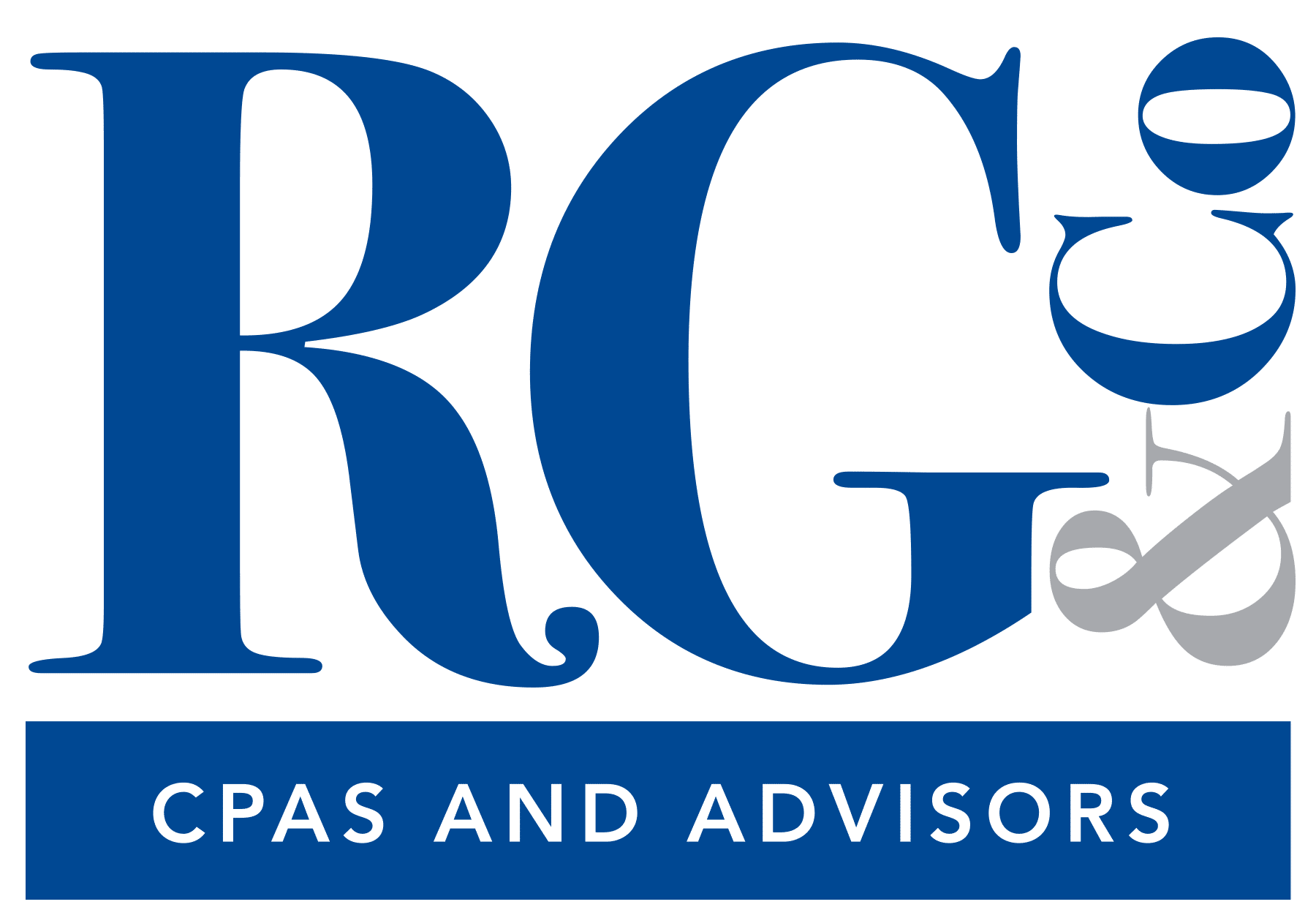- November 3, 2023
- Posted by: Rivero, Gordimer & Company
- Categories: Business Advice, Company News

Cash flow refers to the movement of money into and out of a business. Over the course of a month, most businesses receive cash from clients as they use their products or services. Additionally, most businesses have rent or other expenses they are required to pay. This transition of money into a business and out of a business is what we refer to as cash flow and is tracked in the Cash Flow Statement within your business’s financial statements.
Businesses need strong accounting practices to make sure their books are in order when it comes time to file taxes. Understanding cash flow is a huge step in getting your business finances in order.
Why is Cash Flow important?
Because every business earns and spends cash, it’s critical that you understand how important cash flow is to your company. After conducting a cash flow analysis, you’ll see whether the company generates enough cash to cover its current expenses and debts.
If your business is cash flow positive, it means you have more cash coming into your business than you have going out. Alternatively, cash flow negative means your business is operating with a cash deficit. The success of your business is often tied to your ability to maintain a healthy cash flow.
One of the main reasons businesses fail is because they lack cash reserves.
When your business operates with a negative cash flow, it needs to satisfy its debts and expenses through other means, such as pulling from your cash reserves. If your company continues to operate without bringing more cash than it’s spending, eventually, you will exhaust all your cash reserves.
If you have negative cash flow and no cash reserves, you risk defaulting on your debts and may need to take out additional loans or raise capital through other means to avoid losing your business.
Understanding cash flow is important to a company because it reveals trends and provides insight that can be used to make strategic business decisions, such as whether or not to execute a merger or acquisition.
Understanding How Cash Flow Affects Your Business
Inadequate cash flow is one of the main reasons businesses fail. Therefore, it’s not just important to document your company’s cash flow within bookkeeping, but you also need to understand how it affects your business.
First, it’s important to understand the difference between profit and cash. Profit is an accounting principle for financial gain, whereas cash is the actual money at your disposal.
For example, let’s say you invoiced a client $500 for work completed. Some companies will recognize that $500 as profit as soon as they send the invoice. However, you will not have the $500 cash until you collect it. Understanding the difference between profit and cash is critical because it emphasizes the importance of collecting your outstanding receivables.
Businesses that are unable to collect overdue invoices and reconcile accounts receivables will see their cash flow suffer. When clients pay you late or do not pay you at all, it impacts your ability to pay debts and operate the business efficiently. Moreover, if you’re experiencing negative cash flow because of client payment issues and do not pay your liabilities on time, it could affect your ability to get a business loan in the future.
Cash flow also affects your company’s ability to grow. Positive cash flow gives you more capital to spend on expenditures like a new machine or a second location for your business expansion plan. The more cash you bring in, the more freedom you have to reinvest. Likewise, negative cash flow forces you to exhaust your cash reserves on payables instead of growing your business.
Positive and Negative Cash Flow Meaning
Positive and negative cash flow affect businesses in many ways. If you’re experiencing periods of positive cash flow, then your business is bringing in more cash than it is spending. This is typically the sign of a successful business model.
If you’re experiencing periods of negative cash flow, it could mean many things: you’re expanding your business through acquisition or new equipment, you’re struggling with collectibles, or you’re simply running a failing business.
Let’s take the expansion example above. This situation is interesting because positive cash flow got you into a position where you felt comfortable investing in growth, but once you start the expansion, you’ll experience periods of negative cash flow because of the added expenditures. This cash flow trend is completely normal and is a sign of a healthy business as long as your cash flow starts trending back into the positive after the expansion.
Understanding the meaning of your cash flow statement takes more than just looking at the numbers. You need to add context to the analysis to fully grasp what it means for your business’s financial health.
Cash Flow Management Takeaways
Cash flow management is an important process for all businesses. Understanding how money is flowing through your business and what it means for the company can put you in a position to make better strategic decisions.
For instance, you may have plenty of cash reserve in your company bank account today, but if you’re continuously operating with a cash flow deficit, you’ll eventually burn through your reserves and be forced to close down or take out a loan. Discovering the cash flow inefficiencies can give you the information needed to make changes, such as cutting costs or emphasizing receivables collections.
Cash flow management and a cash flow analysis can help you better understand the financial environment of your business. If you’d like to talk to a certified public accountant (CPA) about your cash flow, contact the Tampa CPA and Advisory Firm, Rivero, Gordimer & Company today. With 40 years of experience, they don’t just help you understand and manage cash flow; they can assist with other accounting services, tax services, auditing, and valuation & advisory.

